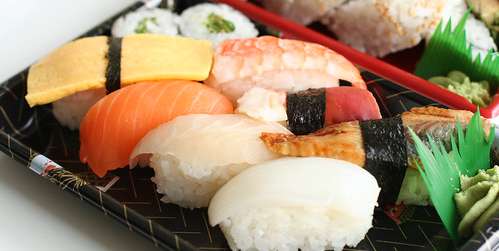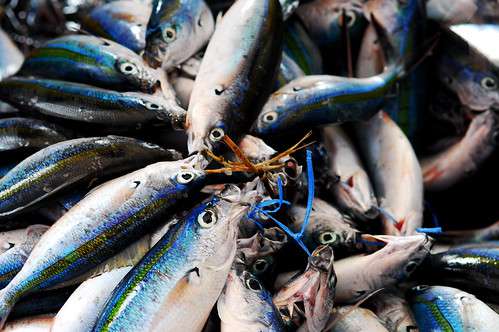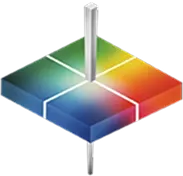
Fish quality and freshness are critical for ensuring both satisfying taste and safety. Image Source: Flickr user Geoff Peters
Freshness is one of the most desirable features and important quality markers of fish not only due to its delicious taste, but because the absence of freshness can have serious consequences on both enjoyment and health. Fish is highly vulnerable to spoilage, which not only results in undesirable taste, but can also interfere with safety by exposing consumers to harmful parasites, bacteria, and chemicals. As such, the fish industry goes to great lengths to preserve freshness throughout processing via tightly controlled handling, storage, and transportation practices along with multiple quality assessments. While historically fish quality has primarily been assessed via sensory methods, these are often time-consuming, expensive, and difficult to standardize.1 Technological advances are increasing the availability of non-sensory evaluation methods in the determination of fish quality, providing more rapid, economical, and impartial results.

The fish industry is increasingly relying on non-sensory methods to assess freshness throughout the supply chain, giving consumers the highest quality products. Image Source: Flickr user Larry Jacobsen


